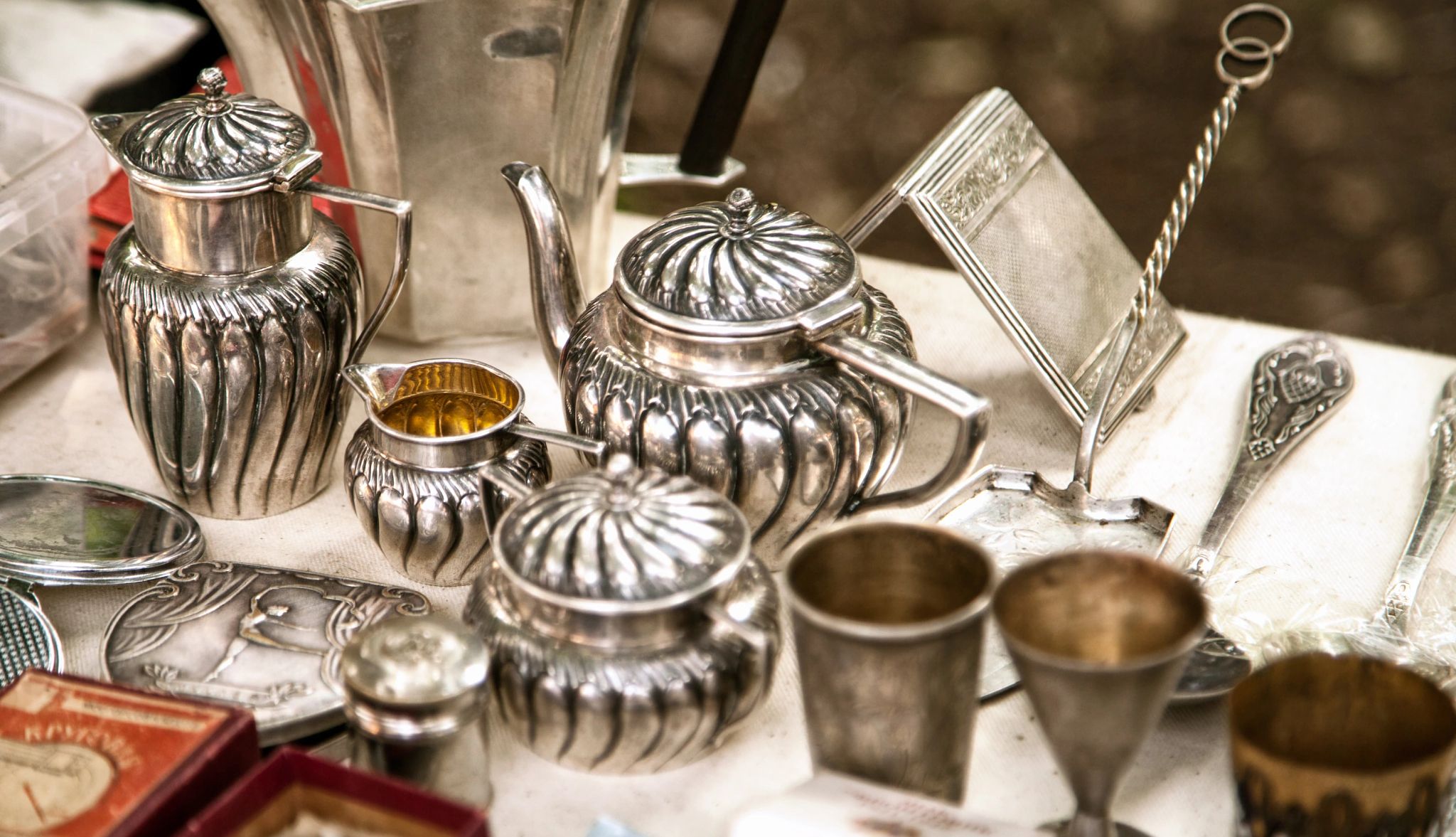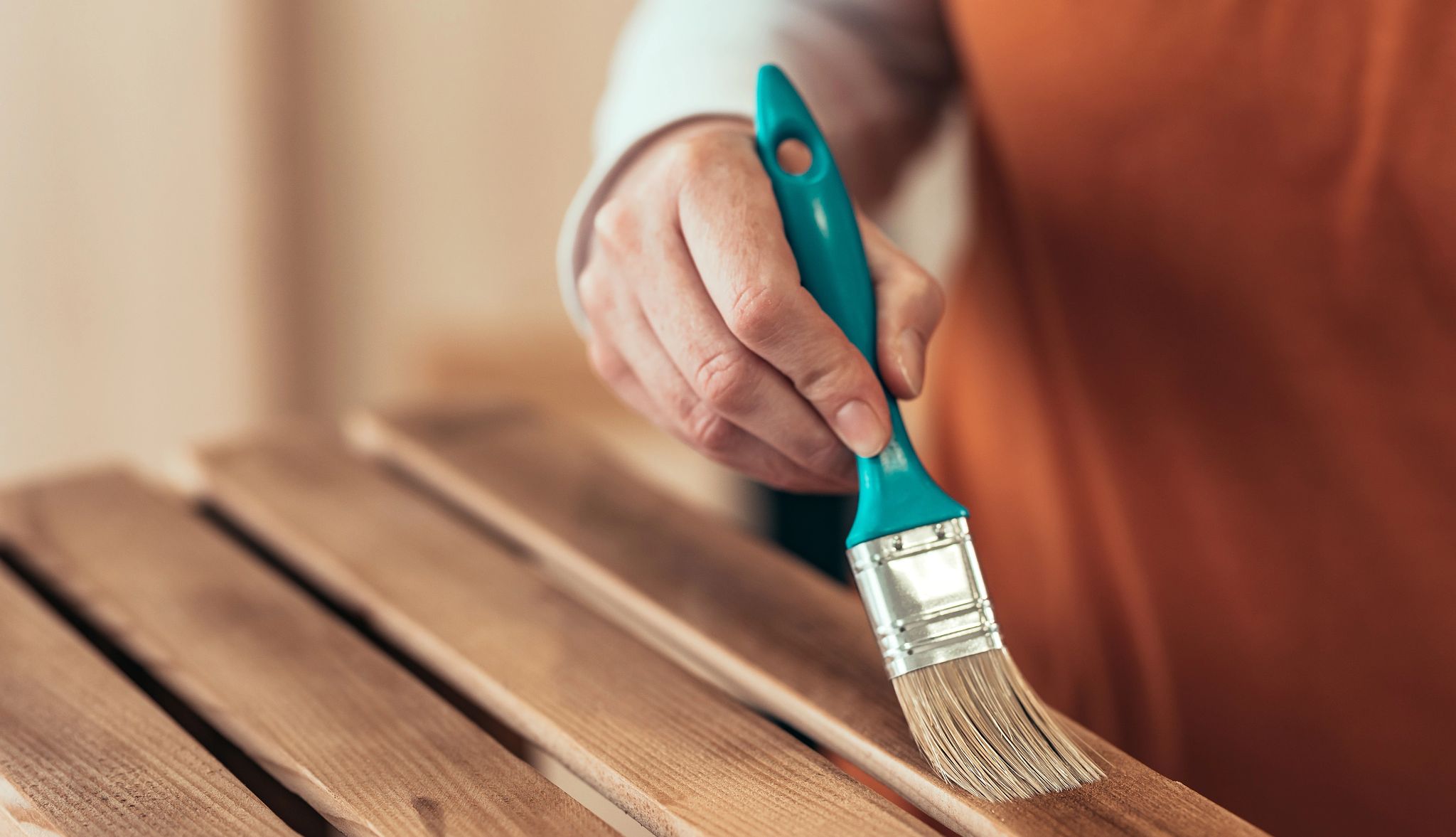AARP Hearing Center


Whether they’re hunting for treasures or stretching their wallets, consumers are flocking to thrift stores. And for good reason: Many 50-plus Americans are on a fixed income, and the average thrift shopper saves about $1,760 a year buying items secondhand instead of new, according to a 2022 report by CouponFollow, a coupon search engine and directory.
Many consumers also shop at thrift stores to support the missions of nonprofit organizations. These include job services at Goodwill, adult rehabilitation programs at the Salvation Army and affordable homes at Habitat for Humanity.


AARP Membership— $12 for your first year when you sign up for Automatic Renewal
Get instant access to members-only products and hundreds of discounts, a free second membership, and a subscription to AARP the Magazine.
But whatever your reason for thrifting, the bottom line is to enjoy the experience, says Graciela Ronconi, 57, owner of Love Street Vintage in San Francisco. “You can go nuts trying to find treasures,” she says. “Go and have fun with it — even if it’s a wacky sweatshirt. There are things that are $2 that make me just as happy as a $2,000 dress.”


GETTING STARTED
1. Find the best thrift stores
Many experienced thrifters say a great way to discover worthwhile shops is to ask your friends, family, neighbors and colleagues where they go. You can also search the internet using keywords like “best thrift store” with a specific city or town. Additionally, search for news articles and blog posts that highlight thrift shops in your area where people have found treasures, or watch YouTube videos of thrifting expeditions.
2. Location, location, location
Thrift shops often specialize in items that are popular in a specific region. “I live in a rural area where the thrift shops have more antiques,” says Dana Miranda, a Wisconsin-based personal-finance journalist who has written about thrifting. “In cities, it’s more clothing, dishes and home goods that renters might need.”
3. Shop with a budget
Several experts say you should go thrift shopping with a budget, or at least an idea of what you want to buy. “I set a [dollar] limit just so I’m picking the items I love the most,” says Lily Mekeel, who cofounded Flipstone Vintage & Thrift in Fort Worth, Texas, with her sister, Dancing Iglesias. Ronconi agrees, but urges flexibility. “Sometimes you have to break the rules,” she says. “If you’re just planning to spend $50, but you find that $100 Chanel dress … something like that you can’t pass up.”
4. Shop often
Thrifting can be hit or miss. Increase your chances of finding essentials or hidden gems by visiting your favorite thrift shops regularly, such as once a week. “Finding treasures at a thrift store is just about going often,” says Miranda. “In one trip, even if you really make the rounds, it’s hard to take everything in, so you’re going to miss things. And there’s constant turnover where new donated items are put out.”


TRICKS OF THRIFTING
5. Go in with a strategy
The packed shelves and stuffed racks at thrift stores can be overwhelming. To help make a shopping trip more manageable, follow a strategy. For example, shop for coats one day and furniture the next visit. Some thrift experts recommend digging deep. “Don’t skip anything; even go through the men’s section,” Mekeel says. “Have plenty of time.” Sue Wilson, 58, co-owner of Vintage Bee Design in Jacksonville, Florida, likes to go straight to the back of a store to look for finds. “Look on the bottom shelf in the back,” she suggests.
6. Shop on discount days
Many thrift shops offer senior or military discounts on certain days of the week, but the discount amount and the day can vary. That includes Goodwill’s more than 3,300 thrift stores and the Salvation Army’s 860 family stores across the country. Most Goodwill stores offer discounts for people 55-plus, but local markets set their own policies, explains Onney Crawley, chief marketing officer of Goodwill Industries International Inc. Goodwill of Orange County in California, for example, offers 10 percent off purchases by seniors on Sundays and Tuesdays, while Goodwill stores in the Atlanta area provide 25 percent off purchases on Senior Tuesdays. Dina Ruden, Goodwill’s senior director of public relations and external affairs, says the organization also operates 160 outlets across the country where items that weren’t purchased go to be sold by the pound in big bins. Look on Goodwill’s website to see if there’s an outlet near you. American Thrift Stores in Florida, New Jersey and New York offer 50-percent-off sales to customers 50-plus based on colored tags.
7. Track store restocking
To help find the newest items at thrift shops, ask the staff when they restock. At the 4,000-square-foot Flipstone Vintage & Thrift, go on Mondays, which is when markdowns occur and new items are put on the $1 rack, or on Thursdays, when they restock clothing and accessories.
8. Thrift on vacation
Thrift shops are good places to find kitschy souvenirs or T-shirts that celebrate your travel destination at a fraction of the retail price of a new item. Once while vacationing on Nantucket Island, Massachusetts, I personally snagged a 100-percent cotton sweatshirt with “Nantucket” in stitched lettering for less than $5 at the Hospital Thrift Shop.
9. Shop offseason
Thrift stores can be great places to look for items you might need in a couple of months. (Think winter jackets during the summer.) You’ll save money, and you might get to pick from the cream of the crop. For example, Ronconi says Love Street Vintage sometimes sells San Francisco 49ers jackets, but the prices can double or triple during football season.
10. Become a detailed inspector
Examine items closely before purchasing. There’s nothing worse than falling in love with something at the store and buying it, then taking it home and seeing that it’s damaged beyond repair. “I’ve been burned before,” Ronconi recalls. “Once I paid $300 for a dress, and when I got home, it was really holey. It had a full skirt with a busy pattern, so it was hard to tell. Definitely check.”
11. Does it fit?
Try on clothing when possible, because many thrift stores don’t accept returns. For example, some Goodwill stores accept returns with a receipt while others don’t. Because Flipstone Vintage & Thrift lets people try on clothing, it doesn’t accept returns, Iglesias says. “We were either going to have dressing rooms and not returns, or have returns but not dressing rooms, not both,” she explains.
12. Get sized up
Know your size and the sizes of your family members, including grandchildren, to make clothes shopping easier and faster. (This is especially important in the aftermath of the COVID-19 pandemic, when some thrift stores stopped letting shoppers try on clothing.) You can avoid size guesswork by sticking to familiar brands, such as knowing your Levi’s jeans size is 30x30.
13. Bring a buddy
A friend or family member can help you sort through endless items and make tough decisions. It’s also a way to divide and conquer: You take the clothing section, and your buddy looks through everything else. “Always shop with a friend,” advises Wilson, who with co-owner Melissa Marro often posts thrift excursions on Vintage Bee Design’s YouTube channel and on Facebook Live. “It’s so much fun. You always have someone to bounce ideas off of.”

































































You Might Also Like
Tips to Save at the Grocery Store
From getting creative to what food to avoid, here are ways to cut down on costs at the supermarket
Best Drugstore Skin-Care Products
Check out the affordable items that can match or beat expensive luxury brands
Great Ways to Save on Vacation
Travel industry pros share tips to help you keep costs down, without skimping on fun
Recommended for You